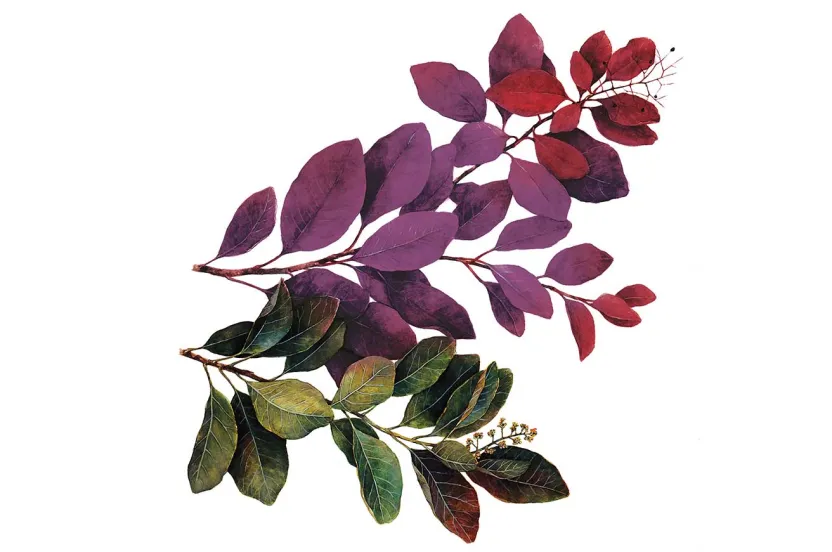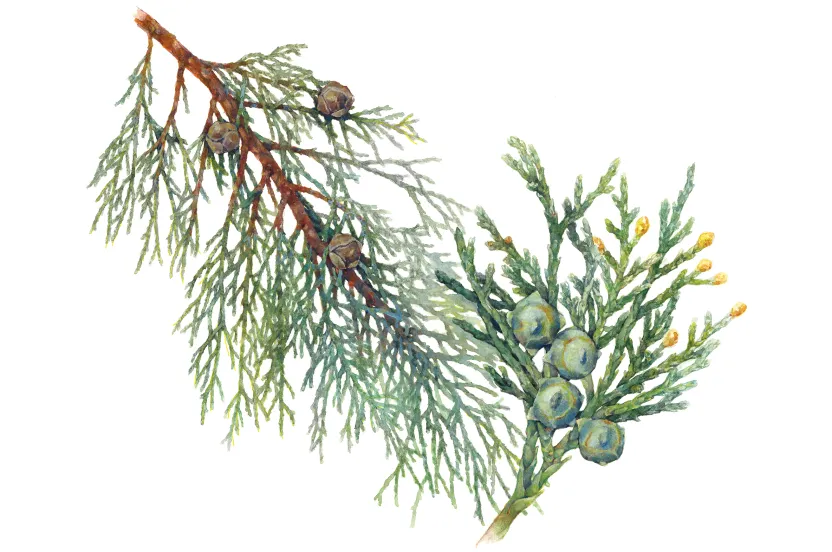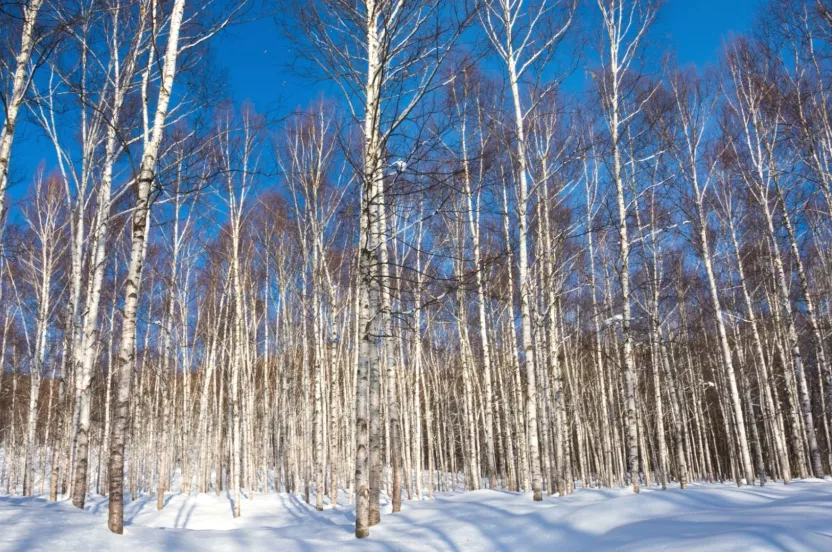Fagus grandifolia
When early settlers would search for fertile land, they looked for American Beech trees, but these trees started disappearing as land was cleared to establish farming for food. The tree was also popular to make water wheels from because of the tree’s resistance to water decay. In hilly locations, passenger pigeons were commonly found perched on branches of the tree. It wasn’t uncommon for limbs to break off because of the weight of so many pigeons.
This beauty is more than a rest stop for passenger pigeons. Its dense canopy and smooth silvery-gray colored bark catches the attention of spectators. Beech nuts are an important food source for chipmunks, squirrels, and birds. The wide-spreading canopy provides great shade in the summer and beautiful bronze coloring in the fall. Although slow-growing, it is a versatile tree, often used in parks, golf courses, acreages, and the forestry industry.
There was a Beech tree on the old stage road between Blountsville and Jonesboro, Tennessee that had an inscription carved into the trunk that read "D. Boone Cilled A Bar On Tree In Year 1760." The tree fell in 1916 and had a girth of 28-1/2 feet. The Forest Service estimated the tree's age to be 365 years, fully two centuries old before Daniel Boone inscribed it. Unfortunately, because of its smooth bark, the tree is often inscribed and these carvings live on the tree forever.
In the Landscape
The American Beech is a wonderful shade tree if you have the space to grow it. This is not a tree for the city. The branches sweep down so low that it can become an obstacle for pedestrians. And the it is nearly impossible to grow anything under the shade of the tree. It grows best in loose, well-drained soil (hardiness zones 4-9) and full sun. Longevity compensates for the slow growth on the tree and gorgeous golden bronze foliage in the fall.




